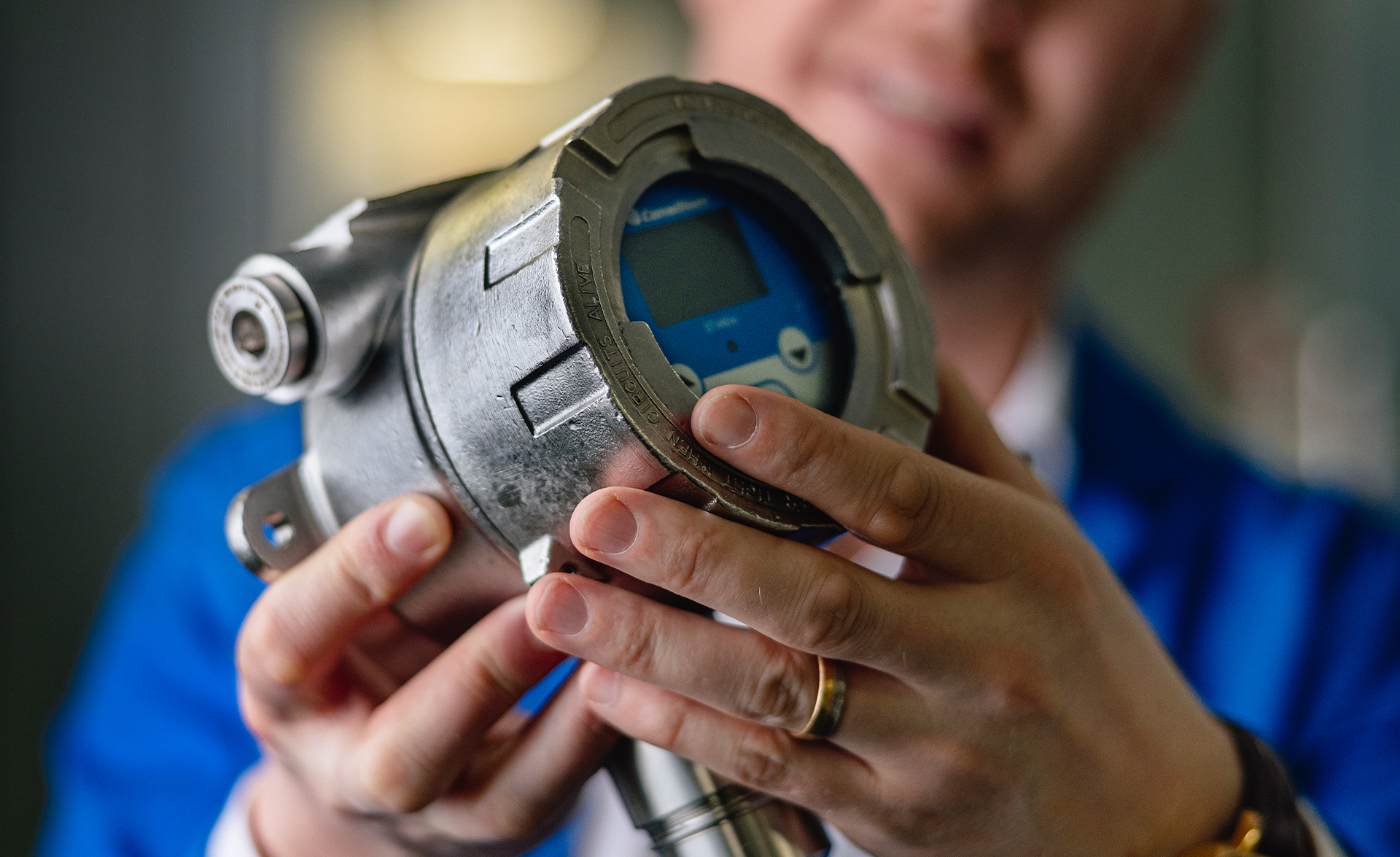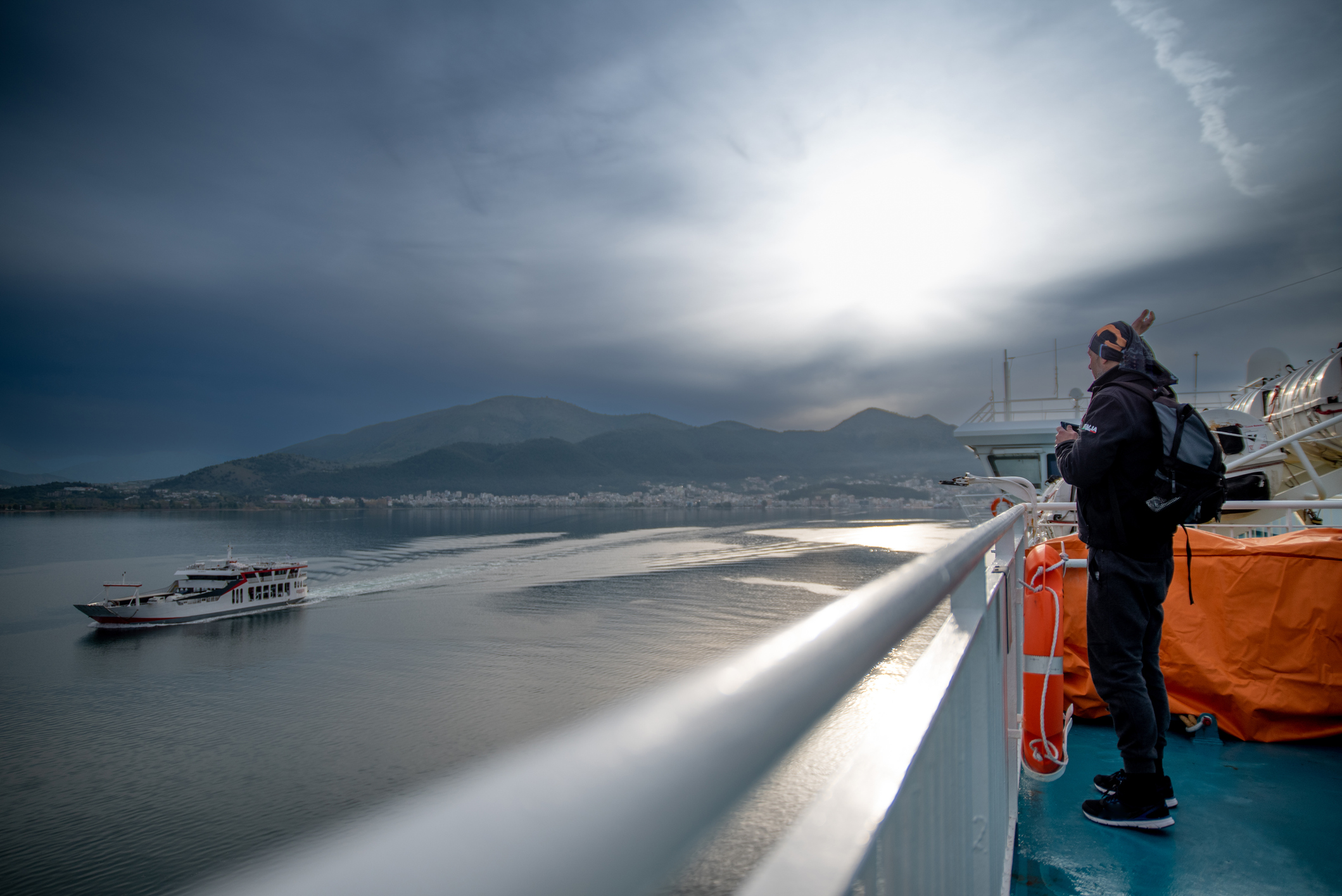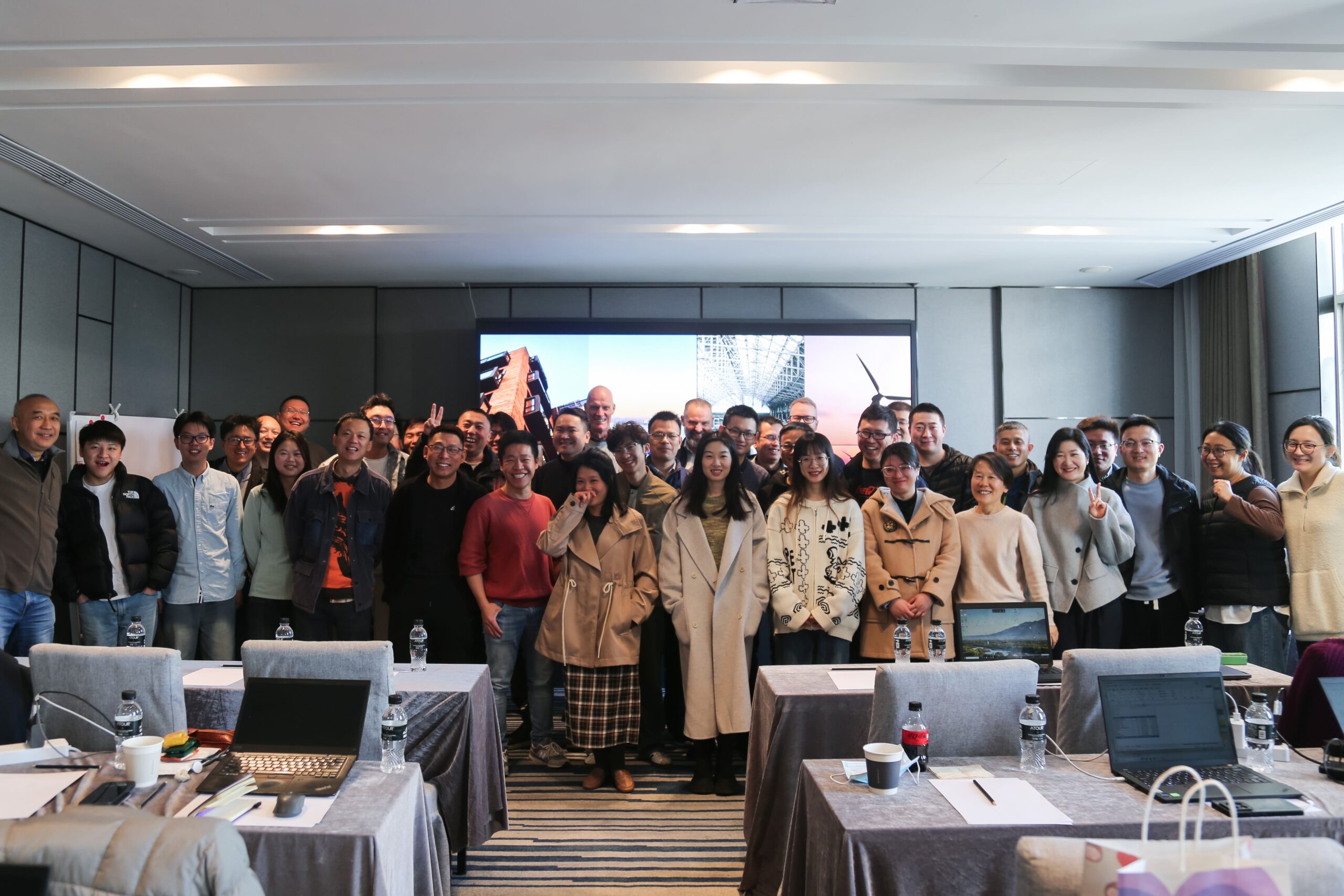Safety’s role in marine’s shift to a more sustainable future
Low-carbon shipping is making waves across the marine sector. With a global goal aligned with the United Nations 2050 sustainability goals to achieve clean shipping, the race to adopt alternative fuels is in full swing. As the sector shifts towards greener solutions, new challenges arise in ensuring fire and gas safety aboard vessels.
Marine transport, the backbone of global trade and economies, currently manages over 80 percent of the international goods trade volume, with an even higher percentage for many developing nations.
Today, the shipping industry predominantly relies on marine diesel oil (MDO) and heavy fuel oil (HFO). While these fuels have powered global trade for decades, the industry is exploring alternative fuels to meet evolving environmental standards. Five major types of alternative fuels are on the radar for shipowners: LNG, methanol, ammonia, hydrogen fuel, and battery power.
LNG and methanol
One of the frontrunners in the alternative fuel race is liquefied natural gas (LNG). According to Fredrik Jonasson, LNG, which is stored at extremely low temperatures, evaporates into gas when it encounters the environment. This conversion process makes it an attractive, low-emission option for the marine industry.
That said, LNG is no magic bullet.
“LNG is considered environmentally friendly if it is being burned. But there could be leakages of LNG from the moment it’s extracted throughout the entire distribution chain until it gets on board ships; then it’s not as environmentally friendly anymore. Also concerning the entire process from extraction to combustion, if you calculate the whole cycle, then it’s not that environmentally friendly”.
Another option is methanol. which has been gaining attention due to its reduced environmental impact, Jonasson notes.
“The CO2 footprint of methanol depends on how it is produced and transported. Fossil-based methanol tends to result in higher overall CO2 emissions throughout its lifecycle compared to diesel. But green methanol, produced in a low carbon process, could be a good choice”, says Jonasson.
Methanol’s ease of distribution also makes it appealing.
“Methanol is easier to handle, and its distribution network is relatively well-established. It’s becoming a preferred choice for a growing number of industry players”, says Jonasson.
Ammonia: Efficiency with toxicity
Ammonia has also gained increased interest, but it has its own set of challenges and benefits. Despite its potential as a more efficient and space-saving option, it comes with significant safety concerns due to its toxicity for humans.
“Ammonia can create a corrosive environment in the space where the ammonia is evaporating. Imagine the devastation caused by an ammonia leak at a port facility supplying ammonia fuel to ships“, says Fredrik Jonasson.
Hydrogen fuel and battery power
In the case of hydrogen, the environmental benefits are great. “Hydrogen’s only emission is pure water, which makes it the most environmentally friendly,” Jonasson explains. But the production of hydrogen is energy-intensive, and green hydrogen, extracted from water by electrolysis, is not yet widely used.
For shorter distances, battery-powered ships could become more mainstream than hydrogen, especially as batteries become smaller and prices go down.
In Europe alone, 696 ferries are operating in open sea waters, covering routes of fewer than 41 kilometres. These vessels have the potential for a seamless transition to electrification.
Norway is already making strides in electrifying its fleet. They are on a good path to decarbonising most of their fleet in the next 10 years.
Safety first: Adapting systems for alternative fuels
While alternative fuels offer a cleaner path forward for the marine industry, ensuring safety at every step of their use is paramount. Each of these alternative fuels comes with challenges in the context of fire and gas safety.
Jonasson highlights the importance of adapting fire and gas safety systems to enable the green transition through alternative fuels. Consilium is a front-runner in this regard, understanding that each alternative fuel requires its own set of safety considerations and regulations.
“For every alternative fuel, we need to adapt our safety solutions to ensure that the vessels operate safely, protecting both the crew and the environment,” Jonasson says.
For vessels using LNG, there are already established safety protocols and equipment.
“We made our first LNG installations on ships in 2010 and have led and spearheaded the industry since then. We have well-developed and advanced solutions for LNG-fuelled vessels.”
Innovative safety solutions for ammonia and methanol
The situation becomes more complex when dealing with methanol and ammonia. These fuels can be mixed with water, requiring specialised technology for measurement, especially within engine cooling systems.
Concerning methanol from a fire safety standpoint, handling it with care is crucial, as its vapours are flammable. Safety systems tailored to methanol’s characteristics are essential.
“In an engine room, for instance, when you have a hot engine and there’s a methanol leak, there’s a natural concern that the methanol could come into contact with the engine’s heat source and ignite,” said Fredrik Jonasson.
Ammonia, with its toxicity and potential for leaks, calls for advanced gas detection systems and additional precautions.
“We’re developing technologies for ammonia that can detect leaks and monitor gas concentrations in water and engine cooling systems. Ammonia gas detectors have a brief lifespan and a significantly delayed reaction time, making it one of the gases that’s most challenging to detect using conventional methods. Therefore, Consilium is actively seeking improved solutions in this area,” explains Jonasson.
Managing the explosive nature of hydrogen
When it comes to hydrogen, safety concerns are pronounced due to its high explosiveness. Innovative sensor technologies and detection systems are required to manage potential hazards effectively.
Hydrogen isn’t toxic like ammonia but is highly explosive with a wide flammability range. This means it has a much wider range of where it can ignite, making it one of the most explosive gases.
“Hydrogen burns with an almost invisible flame which poses safety challenges and requires special hydrogen flame detectors able to detect this specific infrared spectrum. Consilium is among the few companies in the world that offer technology capable of detecting hydrogen flames. Along with its lower energy density compared to ammonia, means you can’t store as much hydrogen on your ship”.
Tackling battery thermal runaway concerns
For battery-powered vessels, the risk of a thermal runaway and off gassing poses a significant concern. Battery-related accidents are typically associated with a buildup of gas that may not be vented, leading to an explosion.
Consilium Safety Group is actively involved in addressing these concerns, and Fredrik Jonasson mentions a recent project with RISE and Chalmers to design early detection and ventilation for battery rooms, focusing on safety and prevention.
Innovative safety solutions for methanol-fueled vessels
While addressing the fire safety challenges of alternative fuels, Jonasson mentions their fire, flame and gas safety solution on a methanol-fuelled cruise ship. Consilium has designed a “safe return to port” (SRTP) solution for gas detection on this vessel, which stands as a testament to the company’s innovation.
Unlike its competitors, Consilium was able to reduce the number of detectors by half, making the system both cost-effective and safer.
“Our expertise allows us to customise safety solutions for vessels using different fuels,” says Jonasson. “For example, our gas detection systems have been designed to address the unique safety challenges of ammonia and methanol.”
Jonasson says that methanol is becoming a preferred choice for a growing number of industry players.
“We have numerous ongoing discussions with customers looking to retrofit their container ships to run on methanol. Consilium sees this as a great opportunity. Historically, few ships needed gas detection. But now, as more ships turn to alternative fuels like methanol, ammonia, hydrogen, or batteries, gas and flame detection is crucial. Our potential has grown significantly,” says Jonasson.
The future of marine transport
Fredrik foresees methanol and ammonia being the dominant alternative fuels. However, the transition will depend on factors such as infrastructure development, the availability of fuel, and industry regulations.
” Safety solutions, innovation, and collaboration among various stakeholders will play crucial roles in shaping the future of marine transport. Consilium is at the forefront of these efforts, ensuring that safety remains a top priority in the quest for environmentally friendly and efficient shipping solutions”.
Selecting the right fuel: A delicate balancing act
To select the right fuel, ship owners must consider some key drivers.
“Fuel energy density is crucial, as it determines your energy return on investment. Availability in ports is a critical factor. Ship managers and operators need to consider fuel availability in all the different ports where their ships will be trading. Also consider fuel logistics, storage, usage, and importantly fire safety risks,” highlights Fredrik Jonasson.
Ship owners have to consider ship design operation, as fuels with different volumetric energy densities may require additional space.
“For instance, when comparing diesel fuel to alternatives like ammonia or hydrogen, the cleaner options generally demand about twice the storage capacity to cover the same distance between Port A and Port B”, says Fredrik Jonasson.
Read more: Alternative fuels
Talk safety with us
There are thousands of questions regarding safety. But there are also thousands of answers. Talk safety with us – we are ready when you are.



